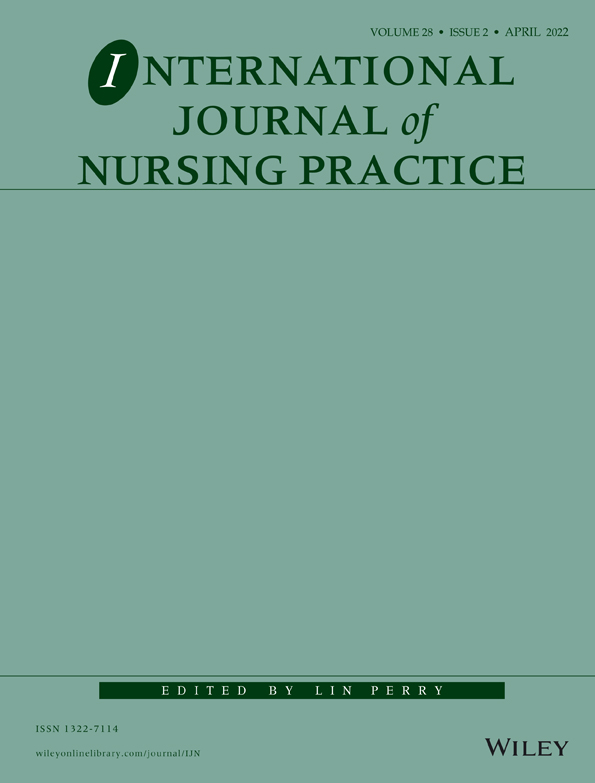Development and implementation of a novel decision support tool on physical restraint use in critically ill adult patients
Funding information: Science Technology Department of Zhejiang Province, China, Grant/Award Number: LGF20G030010; Medicine Health Science and Technology Project of Zhejiang Province, China, Grant/Award Number: 2018KY472
Abstract
Aim
To investigate whether a novel decision support tool would effectively minimize physical restraint use in critically ill adult patients.
Design
A nonequivalent quasi-experimental design combined with a descriptive qualitative approach was used.
Methods
A Restraint Decision Tree was developed based on a qualitative study that explored the barriers to employ the Restraint Decision Wheel. During the quasi-experimental study, patients admitted to the unit between October 2017 and March 2018 were enrolled as the control group receiving the Restraint Decision Wheel (n = 528), whereas patients between April 2018 and September 2018 were enrolled as the intervention group receiving the Restraint Decision Tree (n = 564). The physical restraint rate, accidental catheter removal rate and nurses' satisfaction were compared.
Results
The Restraint Decision Tree significantly decreased physical restraint use. No significant difference in the rate of accidental catheter removal was found. Nurses reported increased satisfaction with the restraint decision-making.
Conclusions
The Restraint Decision Tree could minimize physical restraint use. Physicians' involvement in the restraint decision-making and nurses' competence in delirium assessment may be essential for successful implementation of the Restraint Decision Tree.
Summary statement
What is already known about this topic?
- Physical restraint is a common practice in the intensive care unit.
- Minimizing physical restraint use does not increase the risk of catheter self-removal.
- Nurses equipped with clinical decision-making skills could promote the appropriateness of restraint application.
What this paper adds?
- The Restraint Decision Tree could help nurses make appropriate restraint decisions for critically ill adult patients, thus decreasing the use of physical restraint.
- Multidisciplinary decision-making improves nurses' satisfaction with the restraint decision process.
The implications of this paper:
- This study suggests that the Restraint Decision Tree can be implemented in the intensive care unit as an effective decision-making tool to decrease physical restraint use while maintaining patient safety.
- A strong culture of multidisciplinary collaboration and delirium screening is called for prior to utilizing the Restraint Decision Tree.




